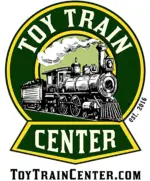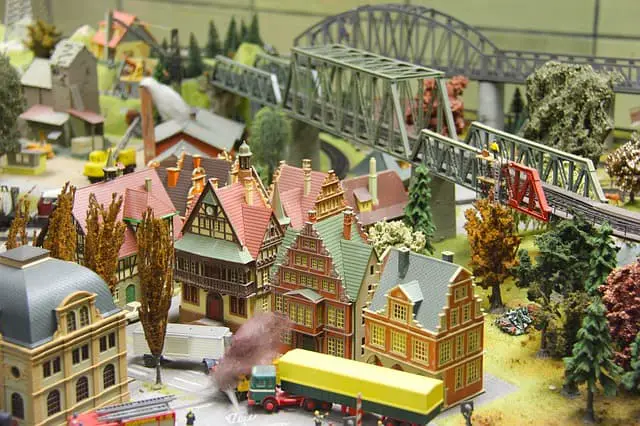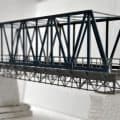Whilst the Z scale and the N scale are quite similar, both being some of the smallest scales available, they do have some distinctive differences. They both have their pros and cons. Picking the right scale can be hard. It is a big decision because swapping to a new scale means needing to buy all new trains, carriages, scenery and more. If you pick wrong, it could be a costly mistake. This article will outline the advantages and disadvantages of each scale. Hopefully, by the end, you will be able to see for yourself which would be better for you.
Z scale details
Dimensions:
- Scale = 1:220
- Gauge = 6mm
Pros
First of all, the Z scale model railways are very small. They are great for making complex, more interesting railways. They are only just over half the length of your fingernail in size. Looking at your finger now, you can visualize just how small that is. This means so much track can fit on even just a small coffee table.
They are incredibly intricately made. They are so small that the machinery parts that go into making them run are very impressive. If you are looking for a more impressive train, mechanically speaking, the Z scale may be the way to go for you.
They are good for decorating your home. Because they are so small, you can fit them throughout the house without causing them to be a distraction. They can make great decorations; if you are a railway enthusiast who wants as much railway related stuff throughout the house as possible this is the way to go. They are great for Christmas decorations too if you are someone who likes setting up little Christmas village scenes over the holidays.
Cons
They are so expensive. Because of the difficulty in the manufacturing process, they are more expensive. This has led to them becoming less popular, which has in turn driven the price up to compensate. They can set you back a hefty sum, so you might be better off with a more affordable scale.
Because they aren’t as popular they are more limited in variety. There are far fewer trains, carriages, and other pieces you might be looking for. This can be boring for some people, especially those who like lots of creative freedom.
Z scale is very small, as you know, but you might not realize this can lead to them becoming damaged by dust very easily. Size is relative, the small dust particles can easily damage the tiny mechanical components of the train and the track.
N scale details
Dimensions:
- Scale = 1:160
- Gauge = 9mm
Pros
The N scale model railway is very popular, meaning there are so many great choices out there of trains, carriages, scenery, or anything else you might be looking to buy. They are also going to be better stocked in most hobby stores. Finding the Z scale items may be quite hard, but finding the N scale items will be far easier.
They are also cheaper than the Z scale, making them much more affordable for most people. Model railways are not always a cheap hobby, so for many people it is important to try and stick to the more affordable scales.
As they are almost twice the size of the Z scale, N scale trains and carriages are much more sturdy. They are far less likely to break and are more resistant to dust than their competitor. This also means they are better for children to use, as they are less likely to be broken.
Cons
They are much bigger than the Z scale, meaning they are going to take up twice as much room. If you are looking for the maximum amount of track that you will be able to fit into the allotted space, be it a floor or table, N scale is not going to be the way to go.
Conclusion
Whichever scale you choose, you won’t be disappointed. They both have their pros and cons, but they are also both great choices. If you are looking for the highest density of track, go with the Z scale. If space is not an issue go with the larger, cheaper, N scale. Good luck with whichever you decide is best for you!
Now find out more technical details about the N scale and the Z scale in comparison article.






